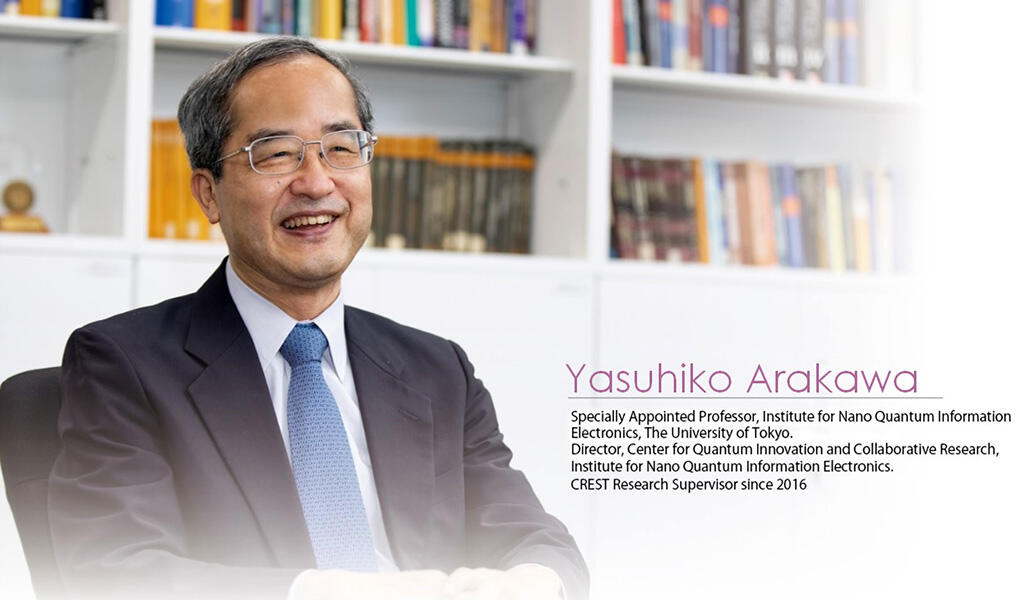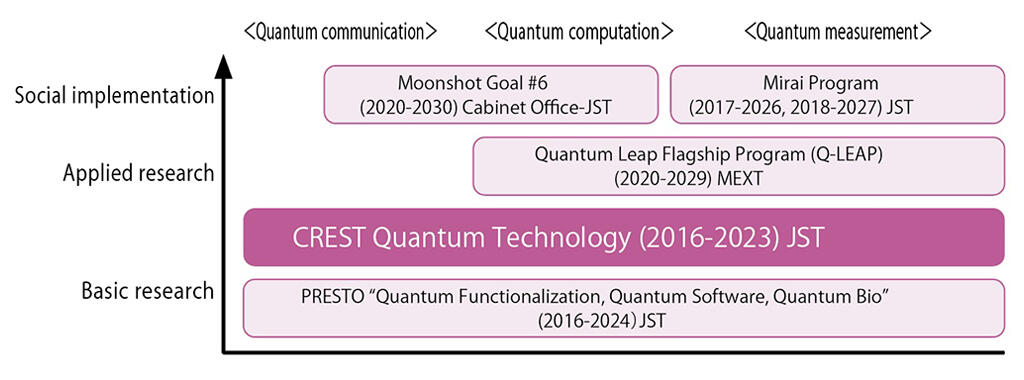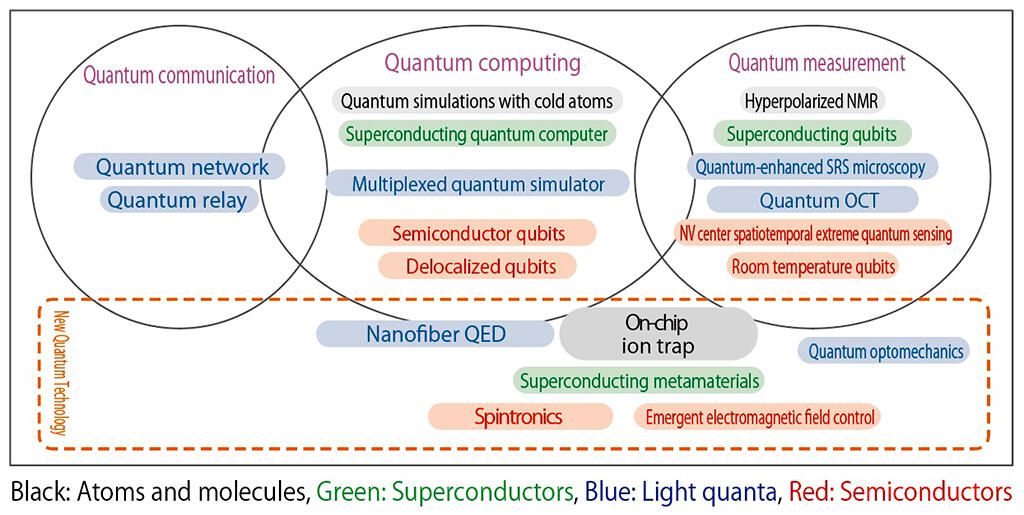The evolution of quantum technology, symbolized by quantum computers has been remarkable. Dramatic development of quantum technology in a wide range of fields, including quantum software and quantum communication, is anticipated in order for it to be implemented in society. JST News interviewed Professor Yasuhiko Arakawa of the Institute for Nano Quantum Information Electronics, the University of Tokyo, who oversees research in the CREST research area of "Creation of an innovative quantum technology platform based on the advanced control of quantum states," which began in FY2016, about the progress of quantum technology research and its future prospects.

It has been more than 100 years since the birth of quantum mechanics. Quantum mechanics has succeeded in unraveling microscopic phenomena that cannot be explained by classical Newtonian mechanics and is truly a critical discipline that forms the basis of modern physics. It has also made significant contributions not only to the advancement of physics, but also to the development of society, such as with lasers and transistors. One such example is the quantum computer, which has been a hot topic in recent years. The concept was proposed in the 1980s, followed by steady progression of basic research.
"In the 2010s, an actual annealing quantum computer was developed in the United States. However, it was believed that the realization of a full-fledged gated quantum computer would require extensive advances in quantum technology.
It was at this time that my CREST Project was launched," explains Professor Yasuhiko Arakawa, who oversees research in the CREST research area of "Creation of an innovative quantum technology platform based on the advanced control of quantum states," and also served as the first director of the University of Tokyo's Institute for Nano Quantum Information Electronics.
Professor Arakawa has been at the forefront of research for about 40 years, from the proposal of the concept of "quantum dots" that confine quanta in three dimensions to the practical application of quantum dot lasers. Based on this experience, CREST has two pillars: "creation of new sources" and "creation of innovative system functions." "In order to lead the competition in global development into the future, we had to not only conduct basic research, but also foster technologies that could lead to social innovation in the future," he explains.
In adopting CREST, the so-called three pillars of quantum computing, quantum cryptography, and quantum measurement and sensing, as well as new quantum technologies, were combined to form a matrix with one axis representing the four fields and the other axis representing the types of quantum and materials (Figures 1 and 2). "The first phase of the project was completed at the end of FY2021 and we have achieved not only excellent academic results, but also results that can be applied in society," he adds with confidence.






